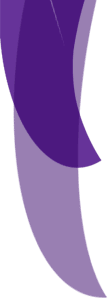Femur - A bone of the leg situated between the pelvis and knee in humans. It is the largest and strongest
bone in the body.
Bursa - A sac or saclike bodily cavity, especially one containing a viscous lubricating fluid and located
between a tendon and a bone or at points of friction between moving structures.
Synovial membrane - The connective-tissue membrane that lines the cavity of a synovial joint and produces
the synovial fluid. Also called synovium.
Articular cartilage - The cartilage covering the articular surfaces of the bones forming a synovial
joint. Also called arthrodial cartilage, diarthrodial cartilage, investing cartilage.
Tibia - The inner and larger of the two bones of the lower human leg, extending from the knee to the
ankle.
Patella - A flat triangular bone located at the front of the knee joint. Also called kneecap.
Synovial fluid - A clear, viscid lubricating fluid secreted by membranes in joint cavities, sheaths
of tendons, and bursae.
Fat - Any of various soft, solid, or semisolid organic compounds constituting the esters of glycerol
and fatty acids and their associated organic groups.
Meniscus - A cartilage disk that acts as a cushion between the ends of bones that meet in a joint.
Patellar tendon - The part of the tendon of the quadriceps that extends from the patella to the tibia
called also patellar ligament.




